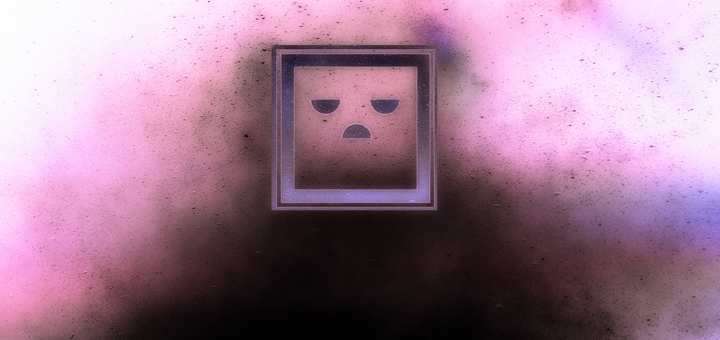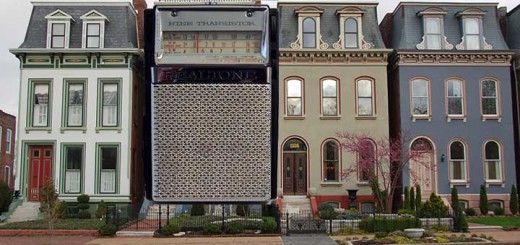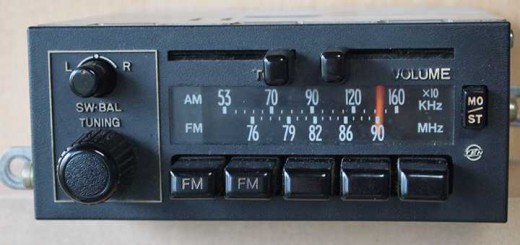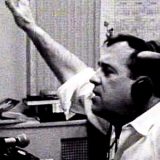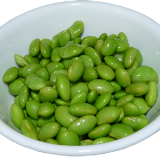How To Avoid Being A Promotion Polluter
Podcasting is a terrific way to deliver content. The medium has advantages that stand head and shoulders above media channels from blogging to broadcasting. So I was a bit surprised when NPR announced it would no longer promote its podcasts during its over-the-air broadcasts. Why would NPR throw away the opportunity to inform an audience where to find the content it adores when there’s no radio within earshot? Dumb, huh?
As it turns out, not so dumb at all.
The policy, no matter how NPR wants to package it,* is a great example of thinking like a listener. And a great teachable moment for podcasters.
Even without statistical backup, I’d wager that NPR listeners who aren’t listening to its podcasts either don’t want to or aren’t sure what podcasts are. The rest either listen to NPR podcasts on occasion or prefer listening on the radio (which offers listeners a mix of local and national news in addition to other content). Talking up podcasts to its radio audience does little more than pollute the airwaves with promotional content listeners don’t need or don’t care about.
Podcasters can be promotional polluters as well. But, with a little listener-centric thinking, it’s easy to turn pollution into solid promotion.
Be Down on Up
I can do little more than shake my head when I run across social media content telling me that a new podcast episode is up. If I’m a fan of your show, and if you do a decent job of maintaining a regular show schedule, I know when new episodes are online. Even if I don’t, my podcast app does. So why not use social media’s limited space, and my limited attention, to tell me something I don’t know? Something related to your podcast. Something I’ll want to know more about. You already have the content. All you need to do is spread it around.
Twitter is a great place to tease your show. The 140-character limit forces you to come up with a provocative line for each episode and a link to the rest of the story. Compare “In 24-hours 3-D printing underwent a sea change,” followed by a URL and some hashtags to the un-enticing, “Hey. Episode 84 is up.” The former is audience-centered. The latter is show-centered. Your mother may care, but, unless she’s 600 lbs, she’s not a big audience.
YouTube
Put your audio on YouTube. Besides the immediate benefits of great listening statistics (for free) and a player app that’s available for every smartphone, you can put show extras on YouTube. When I edited my podcast interviews, I always found something I could repackage as bonus content. That went straight to YouTube. I used both my podcast and social media to promote it. Using YouTube annotations, I linked the bonus content back to my show website. I expanded the show’s reach by repurposing content I would have tossed out. And, I offered my listeners something extra, a reason to go to my YouTube channel where I could entice them to listen to other episodes…or other podcasts.
Do you pre-interview your guests? Is there a story in what a guest said during a pre-interview? Or, did you do research prior to an interview that led to your learning something interesting or amusing? A quick 50-word Facebook post can not only tease an upcoming podcast episode, it can add a little background texture to your show when it goes online.
Keep Going
The lesson is this: use all your content to reach all your listeners anytime and anywhere. Don’t merely parrot what you have in your show, extend it. Make each social media item something that educates, informs, and/or amuses your listeners (and potential listeners) as it leads them to your podcast. Respect your listeners’ time and intelligence. Give them something valuable or don’t give them anything at all.
Promote. Don’t pollute.

